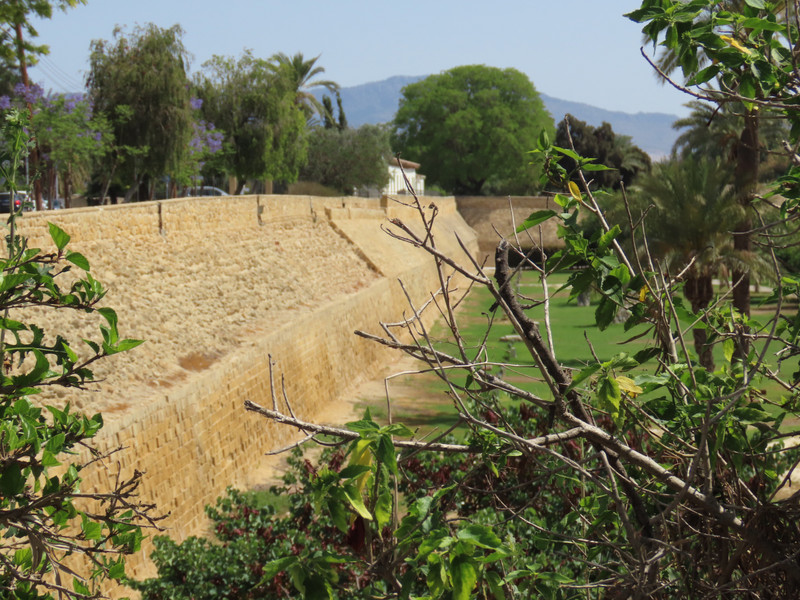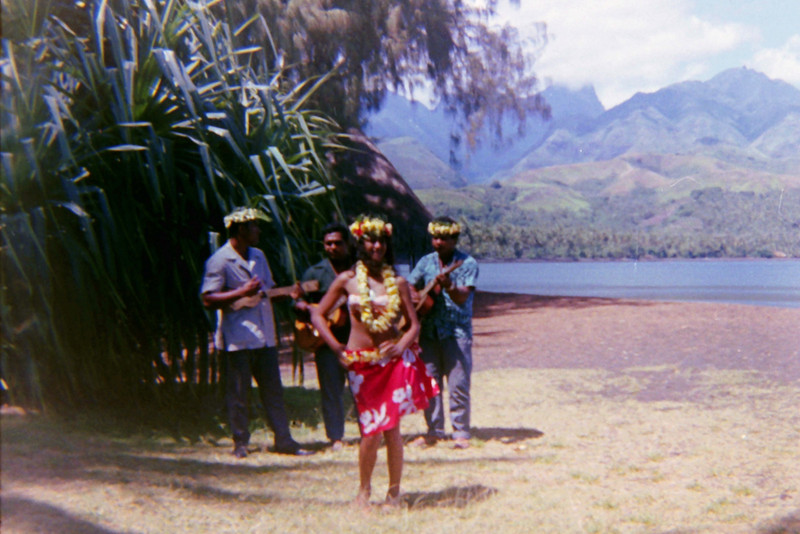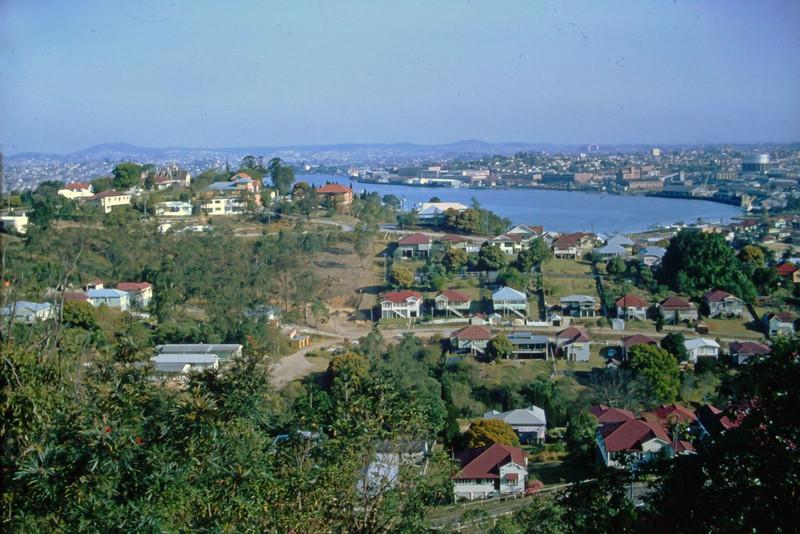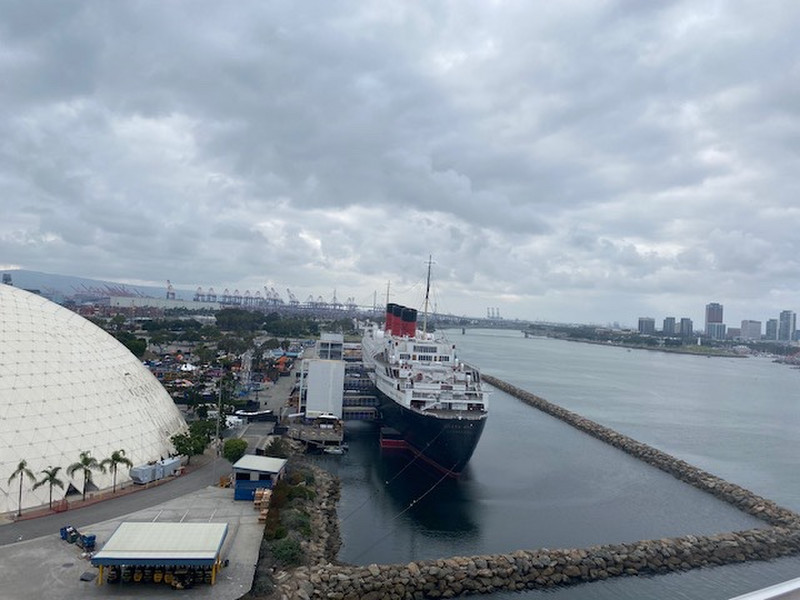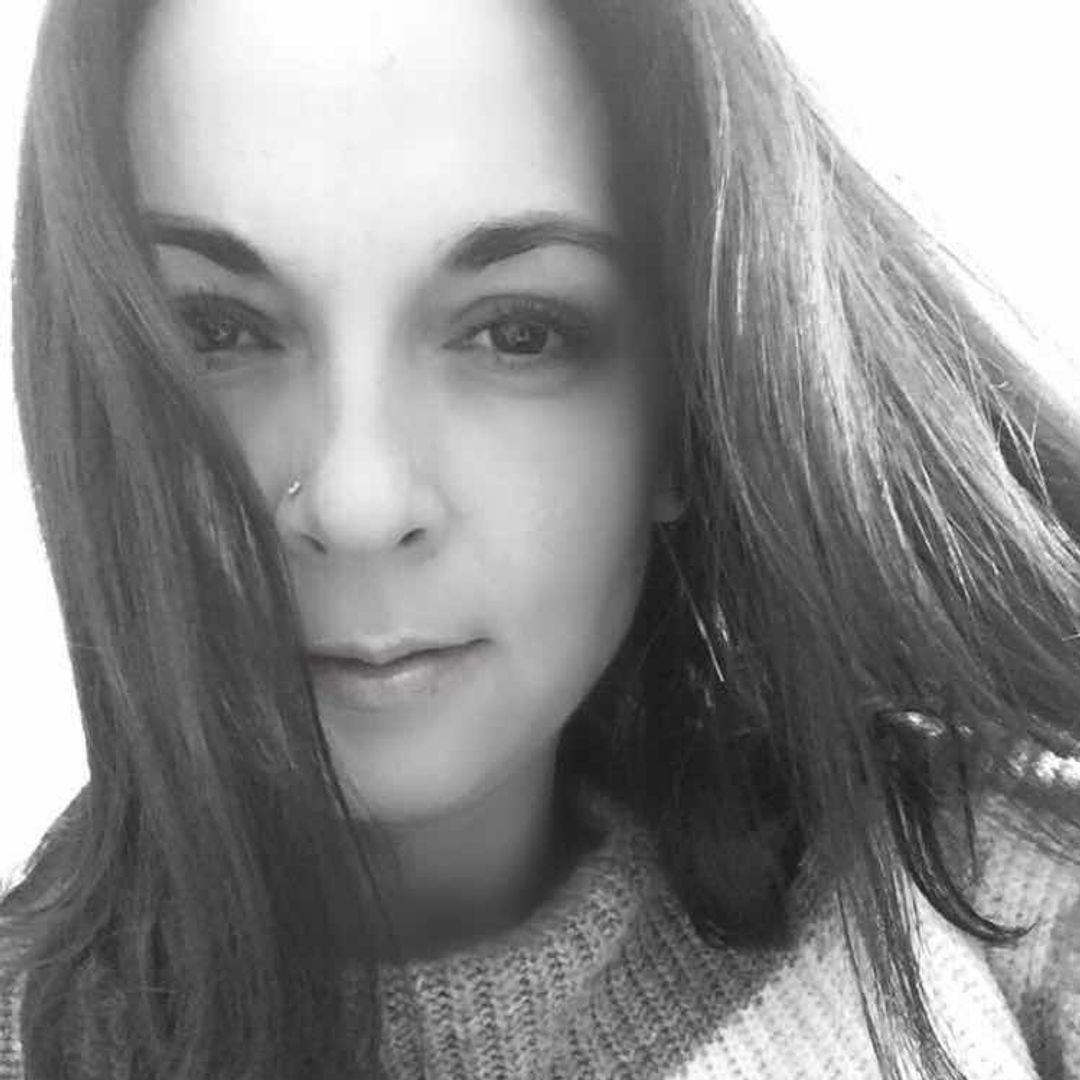The panorama is part of the view from the house. In the evening the sun looks as though it is rolling down the end of the Akamas Peninsular to set in the sea.
I am back in Polis with Barry & Carolyn, having returned from Gazimagusa (Famagusta) back to Nicosia where I spent 3 nights which gave me the chance to walk around Nicosia (Lefkosia) old town ( in the Republic of Cyprus) and North Nicosia (Lefkosa) across the buffer zone in the Turkish part.
My hotel was and conveniently located just off the side of Ledra Street which is the main pedestrian shopping precinct that leads up to the checkpoint. So in 5 minutes I could cross the border. It was called Royiatiko which I thought was a strange, sounding name. I should have known better as Royakan is the name for Japanese traditional guest houses, so yes, it is a Japanese hotel which came as a surprise but a pleasant one as it was exceptionally clean as you would expect in Japan!
I left my bag and headed to the Leventis Municipal Museum. After the death of Anastasios G Leventis In 1978, a very wealthy Cypriot business man, the Leventis Foundation was created. The Foundation helped establish the Leventis Municipal Museum as well as the AG Leventis Gallery.
The Museum is a great place to spend half a day getting to grips with the history of Nicosia from the Bronze Age and earlier. I found it fascinating. There are archaeological finds as you would expect but for me it was the day to day lives of the different cultures that had taken control of Cyprus through the ages that held my interest. Clothing, furniture, religious artefacts, crafts etc of all the invaders are displayed with examples of superb workmanship. It also highlights the relationships between different religions and the waxing and waning of influence of the Greek Orthodox Church and Roman Catholic Church as well as displaying their superb sacred items.
I could have easily spent two days there. On display are wonderful travellers books going back as far as the 16th Century. I never dreamt such things existed. The excerpts on
Then I reached the section describing the British in Cyprus which triggers a range of emotions, especially the role of EOKA, the group who fought for independence and had a very large proportion of students and young people in their ranks and who are revered as Cypriot heroes.
I did find it confusing at times to follow the chronology of displays but that is a petty gripe in such an amazing place. I would have loved to visit the Cyprus Museum too, but as I arrived on Saturday and left on Tuesday (the part of the week when they are closed), I didnt have chance.
On Sunday morning I went out early to walk around the Old City while it was quiet, viewing the Omerlye Mosque, the beautiful leafy and well spaced area around the Archbishops Palace, and the Agios Ioannis Church until I reached the Famagusta gate. This was once the main entrance into the city through the Venetian walls which surround the whole city, north and south and have
a strange snowflake shape when seen on a map. It was a peaceful walk and I heard sermons and singing echoing out of churches. There are very pretty terraces of houses on both sides of the buffer zone where people decorate their houses with flowers to detract from the ugly barbed wire visible to many of them. It looks as though some houses are being renovated but there are still many left empty.
Then I came upon my first view of the Green Line, the boundary between the Republic of Cyprus and the northern part occupied by Turkish Cypriots. Many to an abrupt end, cut off by barbed wire and barricades. Lookout points and signs forbid access or photography. Buildings adjoining the barriers are derelict and collapsing in places. It is depressing to see such an incision across a city.
I had been warned that photography was not allowed but I did take one from a long way away of just the end of a road thinking that was safe. was around.
